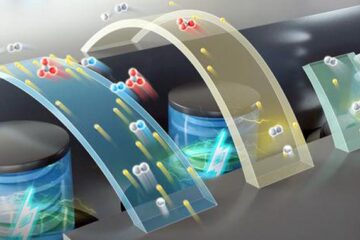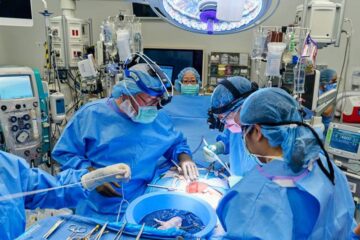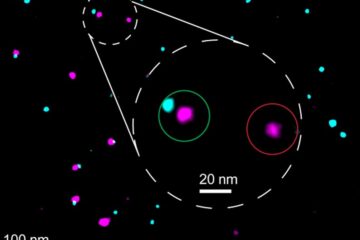Seizing the moment: improving control of quantum dots

A light bulb isn’t very useful without a reliable on/off switch. The same holds true for quantum dots. These ultra tiny electronic nanostructures someday may serve as the ones and zeros used by a superfast quantum computer, but first physicists need to refine their ability to turn quantum dots “on” and “off.”
In the June 23, 2003, on-line issue of Applied Physics Letters, researchers from the National Institute of Standards and Technology (NIST) and the National Renewal Energy Laboratory (NREL) take a step in the right direction. They report a way to measure accurately the amount of laser light needed to shift the electrons in a particular type of quantum dot between two discrete states, a low energy, ground state and a higher energy, excited state.
The strength of the interaction between quantum dots and electromagnetic waves like laser light is affectionately known in physical science circles as the “dipole moment.” Loosely translated, it’s a number that tells you how easy the dots are to excite.
The new NIST/NREL technique measures the dipole moment directly by enclosing the dots in a cavity where a pulse of laser light can pass over them repeatedly. With each successive pass, the laser light gets a little dimmer as the dots absorb some of the energy. Averaging the changes in energy over many pulses gives an accurate measurement of the dipole moment.
The ability to measure accurately the dipole moment for quantum dots made of different materials should help nanotechnology researchers optimize these structures for a variety of applications, including both quantum computing and quantum communications.
###
Media Contact
More Information:
http://www.nist.gov/All latest news from the category: Physics and Astronomy
This area deals with the fundamental laws and building blocks of nature and how they interact, the properties and the behavior of matter, and research into space and time and their structures.
innovations-report provides in-depth reports and articles on subjects such as astrophysics, laser technologies, nuclear, quantum, particle and solid-state physics, nanotechnologies, planetary research and findings (Mars, Venus) and developments related to the Hubble Telescope.
Newest articles

High-energy-density aqueous battery based on halogen multi-electron transfer
Traditional non-aqueous lithium-ion batteries have a high energy density, but their safety is compromised due to the flammable organic electrolytes they utilize. Aqueous batteries use water as the solvent for…

First-ever combined heart pump and pig kidney transplant
…gives new hope to patient with terminal illness. Surgeons at NYU Langone Health performed the first-ever combined mechanical heart pump and gene-edited pig kidney transplant surgery in a 54-year-old woman…

Biophysics: Testing how well biomarkers work
LMU researchers have developed a method to determine how reliably target proteins can be labeled using super-resolution fluorescence microscopy. Modern microscopy techniques make it possible to examine the inner workings…





















